CLT research
Think Wood Research Library
Learn MoreThe fabrication, uses, performance and sustainability of cross-laminated timber (CLT).
Wood Innovation and Design Centre | Photo credit: Ema Peter Photography
CLT is an engineered wood product consisting of layers of kiln-dried dimension lumber (usually three, five, seven or nine) oriented at right angles to one another and then glued to form structural panels. By gluing layers of wood at right angles, the panel delivers excellent structural rigidity in both directions. In special cases, double outer laminations may be parallel and not alternating crosswise.
CLT fabrication begins with lumber selection, defect removal and cutting, followed by adhesive application, panel lay-up, and assembly pressing. Panels are cut to size, along with the completion of any other prefabrication requirements. Final quality control is carried out prior to delivery to the building site. CLT panels can be manufactured as custom dimensions, though transportation restrictions tend to dictate their size. CLT is manufactured in a controlled factory setting and must meet specific quality and performance requirements.
The vast majority of CLT panels are made for a specific application with prescribed size, shape, appearance, and machined sections (e.g. recesses, holes, slots). Precise fabrication often relies on building information modelling (BIM) and other prefabrication technologies. Similar to other mass timber products, CLT panels can be topped with concrete to form timber concrete composite (TCC), a hybrid system used to reduce cross sections, increase spans and lessen noise transfer and vibrations.
Photo credit: Swanky Photography
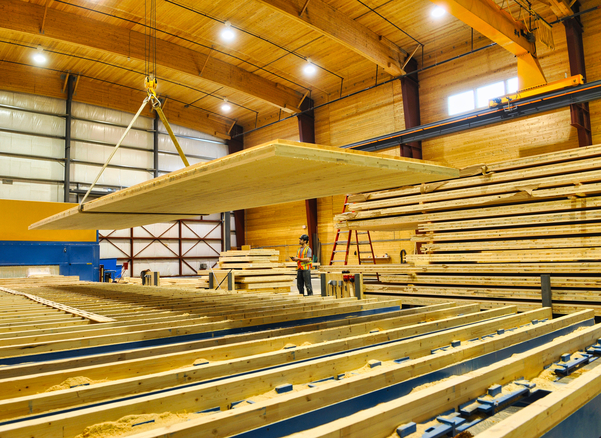
CLT can be used as an alternative to concrete to form the walls, roofs, floors and ceilings of a building, and is particularly well-suited to multi-storey taller wood construction. This can include pre-insulated wall and roof sections.
Other applications include cantilevered floors and balconies, load-bearing elevator shafts and stairs. It can be used in virtually any building type from residential and office towers to schools and civic buildings. It can be left exposed for its aesthetic appearance or encapsulated when needed.
Lumber in the outer layers of CLT wall panels are normally oriented up and down to maximize its load capacity vertically. Likewise, for floor and roof systems, the outer layers run parallel to the direction of the longer span.
Brock Commons Tallwood House | Photo credit: KK Law
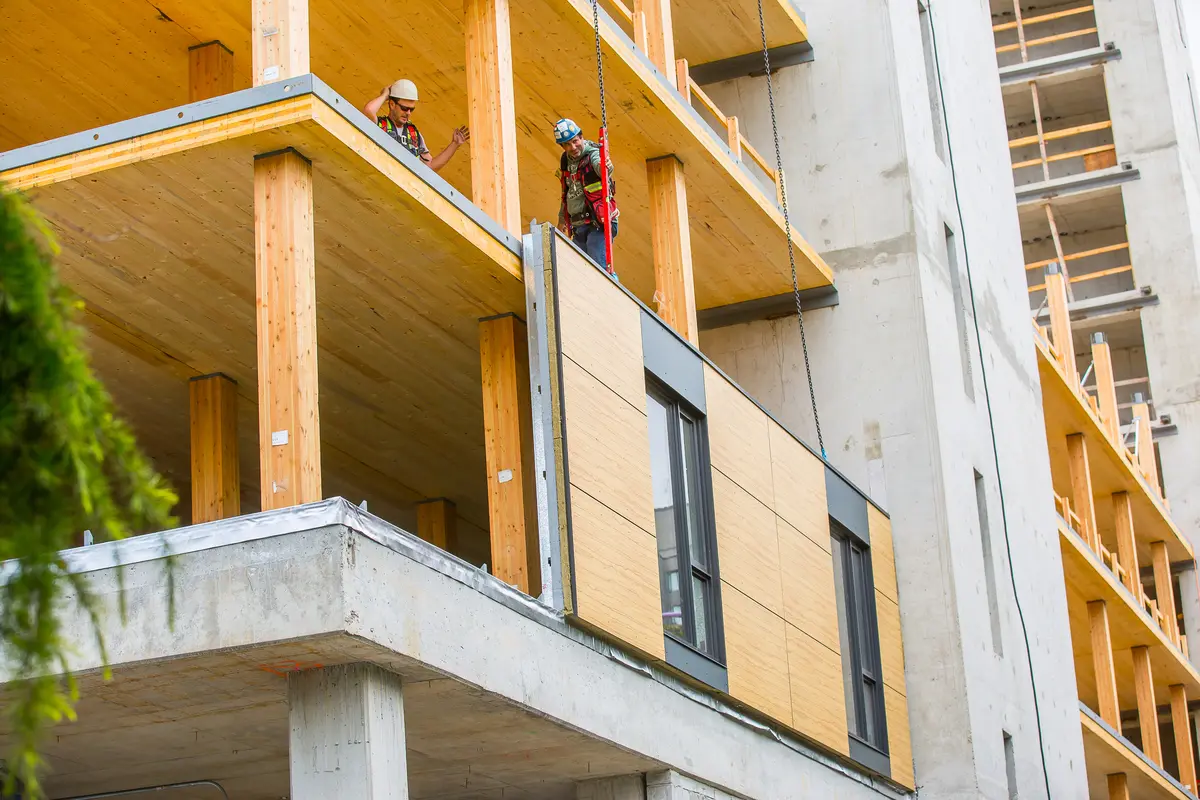
CLT, like other mass timber products, naturally resists fire because it chars. In the event of a fire, this char on the outside forms a protective layer while retaining strength. This slows combustion significantly, allowing time to evacuate the building safely. For added safety, typical CLT construction that uses panels for floors and load-bearing walls helps compartmentalize a fire—stopping it from spreading to other parts of a building.
CLT’s fire safety is backed up by rigorous fire testing in Canada and around the world. With or without gypsum board protection, CLT demonstrates significant fire resistance, beyond three hours in some cases. During a fire resistance test of a 5-ply CLT-panel wall, the panel was subjected to temperatures exceeding 980 degrees Celsius. Structural capacity persisted for over three hours, exceeding building code requirements.
Additional fire protection can be added by encapsulating the CLT with a protective layer. CLT can be treated with fire retardants to increase their fire performance such as delaying time to ignition, reducing the rate heat is released and lowering the spread of flames.
Brock Commons Tallwood House | Photo credit: Brudder Productions
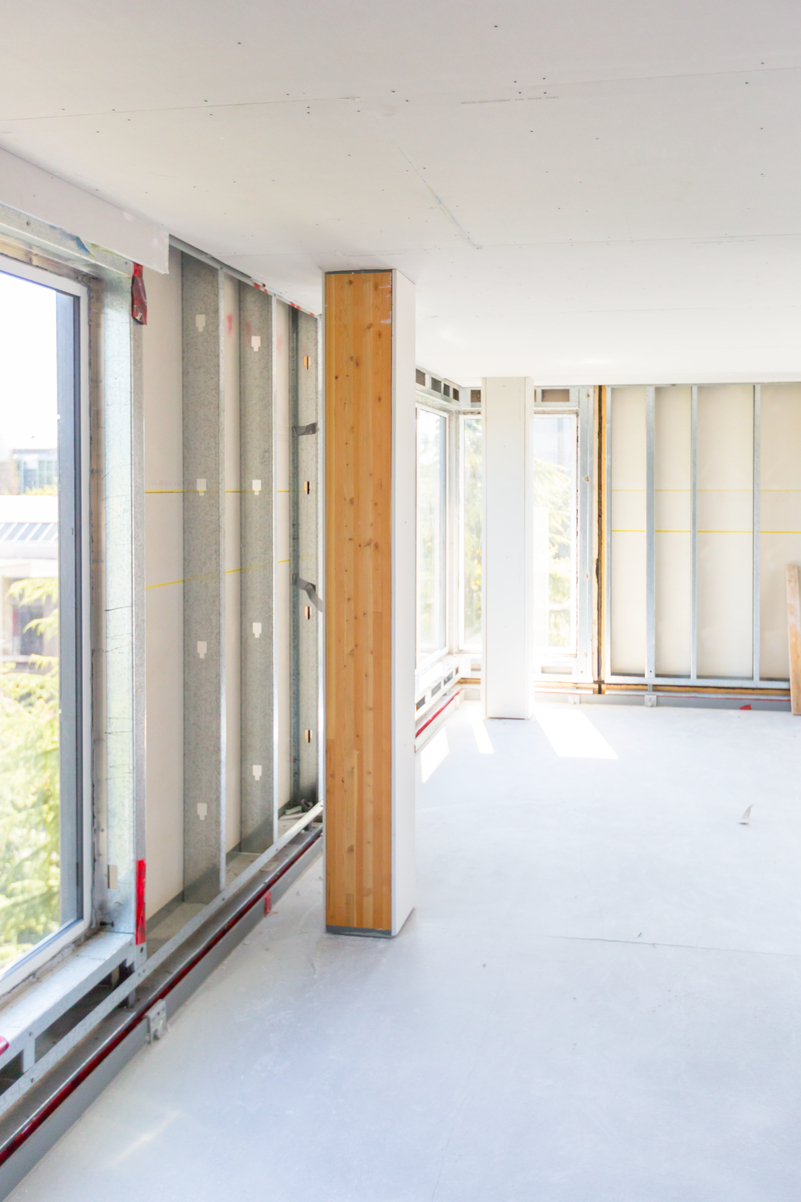
With a durable timber construction, Ronald McDonald House BC and Yukon has provided an enduring home away from home for up to 70 out-of-town families at a time whose children are receiving treatment at the B.C. Women’s and Children’s Hospitals. Its design sets a new benchmark for robust, cost-effective, institutional-grade timber construction, as the first example in the world of a tilt-up CLT and light-wood-frame building system designed for a 100-year service life.
Ronald McDonald House | Photo credit: Ema Peter Photography
Similar to other wood products, CLT will not rot or acquire mould when correctly installed and maintained. CLT elements must be protected to avoid direct contact with moisture for a long period of time. This can be achieved through proper detailing and use of sealants, coatings, and flashing, especially on the CLT panel edges.
Building design can go a long way to protecting mass timber such as CLT from moisture and decay. This can include deflection devices (such as cladding and window flashings) that intercept snow, rain and other sources of moisture at the building exterior. In certain conditions, it is recommended builders apply a preservative treatment to CLT for additional protection against decay.
Consult the CLT handbook for more information on moisture management and control.
Brock Commons Tallwood House | Photo credit: KK Law
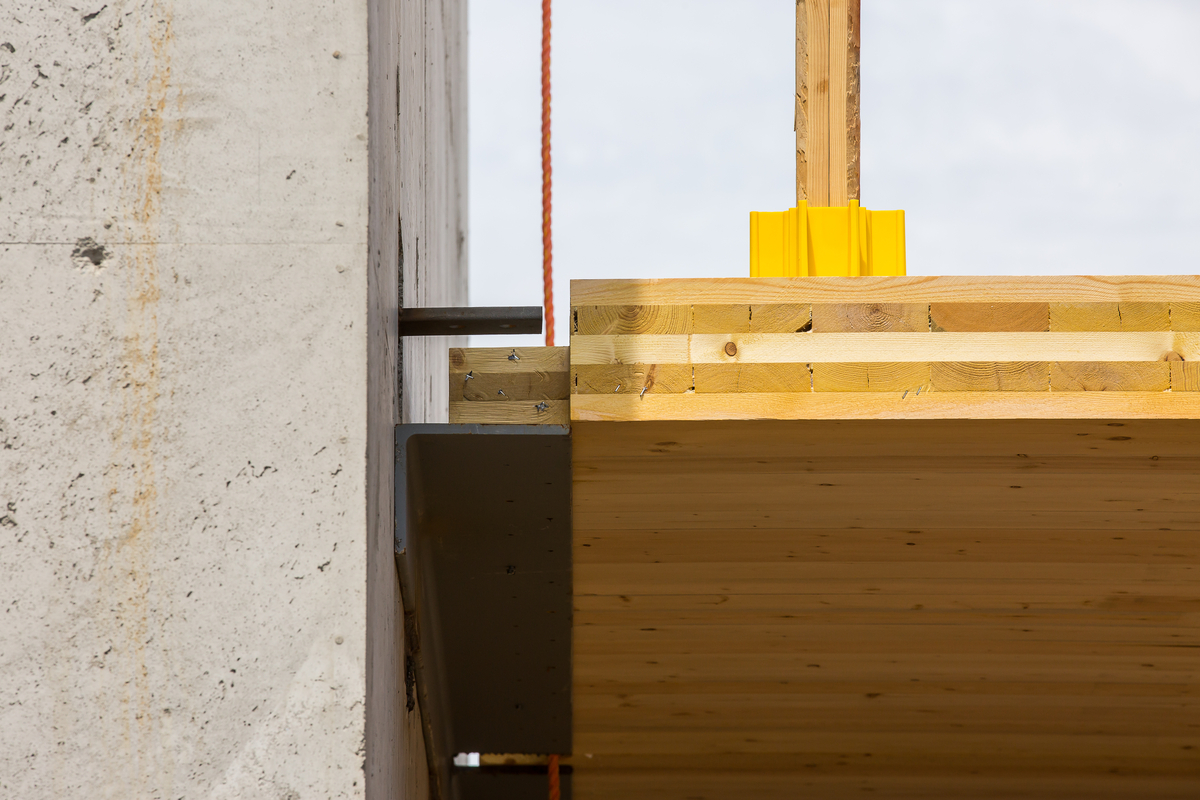
Cordova Bay Elementary School features a mix of CLT and nail-laminated timber (NLT). The exposed wood, along with faster, cost-efficient construction, creates an inviting biophilic school design conducive to learning.
Cordova Bay Elementary School | Photo credit: Krista Jahnke
CLT is strong, with its crosswise design giving it exceptional structural stability. It can be a substitute for concrete, replacing a carbon-intensive material with a renewable, low carbon alternative.
Research suggests that CLT could be cost-competitive as an alternative to concrete structures and for buildings over six stories high. Despite being five-times lighter than concrete, CLT has comparable strength to concrete and, as a multi-layer wooden panel, it can span in two directions.
Its lighter weight offers lower foundation costs, easier transportation to the site and rapid prefabricated assembly. Compared to concrete, CLT structures can be prefabricated offsite and installed in a shorter time, in any season all year round.
Beyond prefabrication, CLT enables faster construction because fewer joints are needed between elements. With the right planning, 1,300 square metres of CLT can be installed per day, cutting construction schedules significantly. UBC’s Brock Commons Tallwood House rose 18-storeys in eight weeks.
Beyond environmental impact, speed, and strength, CLT offers design flexibility and thermal benefits.
Photo credit: Brudder Productions
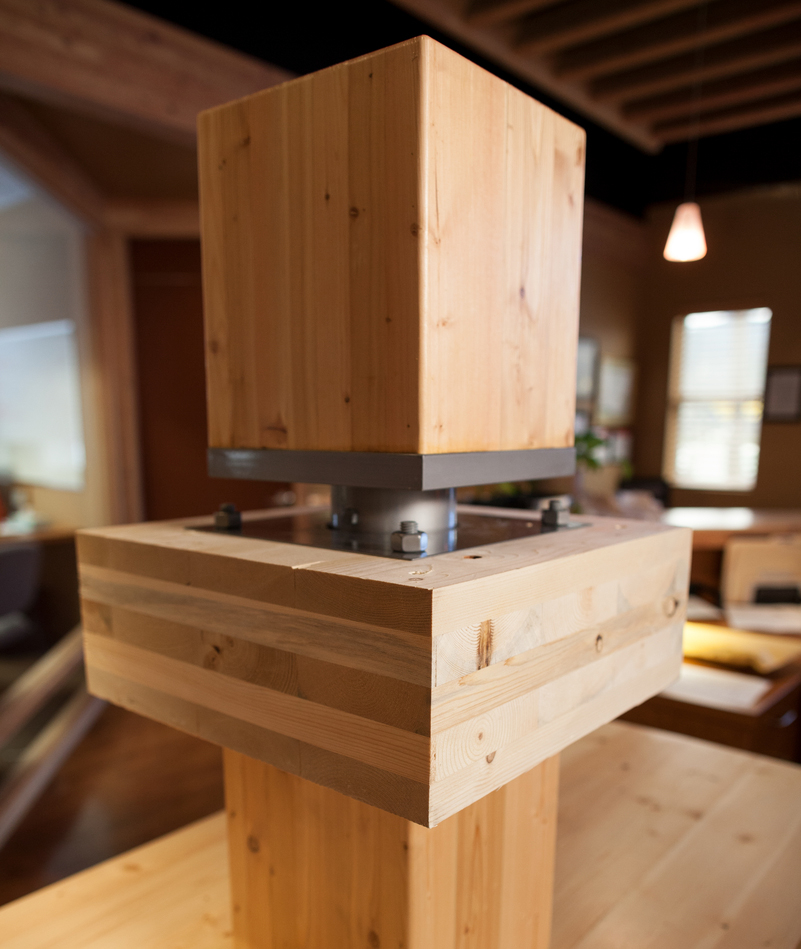
From manufacturing and design to fire and environmental performance, the newly updated two-volume 812-page CLT Handbook is the essential how-to resource for Canadian building professionals interested in construction and design using CLT. A newly added chapter includes a state-of-the-art design prototype of an eight-storey mass timber building.
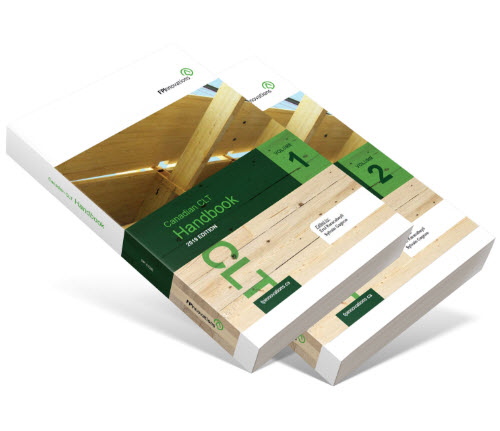
With the province of British Columbia recognized as a global leader in sustainable forest management, you can specify B.C. forest products with confidence. Connect with suppliers of cross-laminated timber today.
Brock Commons Tallwood House | Photo credit: KK Law
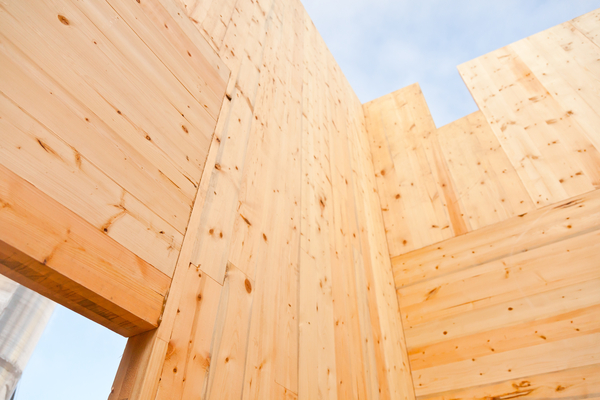
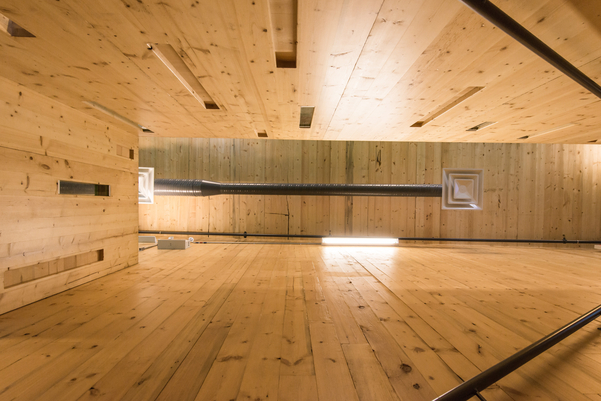
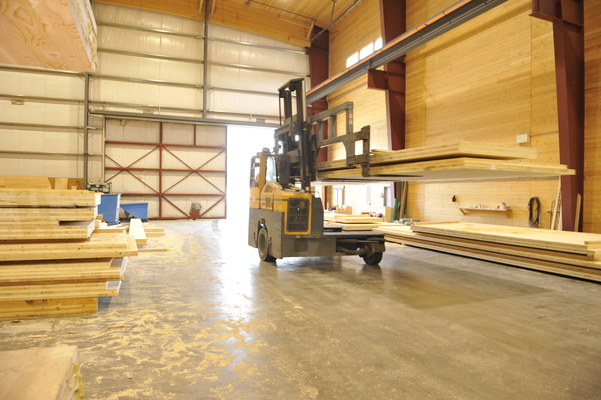
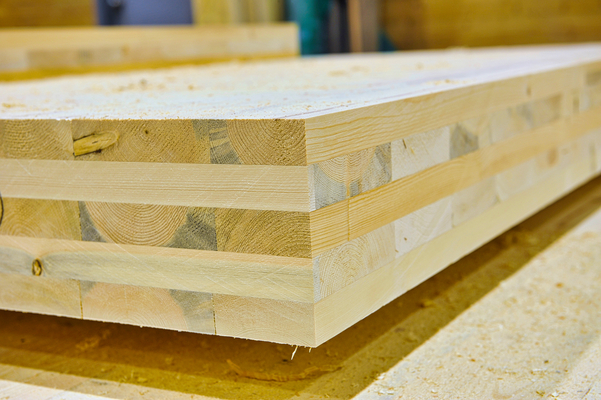
Need help with wood construction and design? Searching for the latest research? Get support from one of our many partners.
Get supportNeed CLT, DLT or Glulam for your next project? Find environmentally responsible mass timber and engineered products from sustainably managed forests.
Find a supplierSubscribe for the latest wood projects, developments, tools and research.